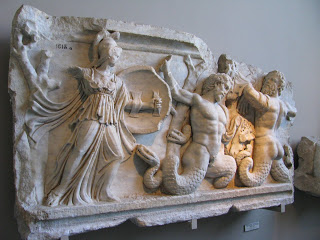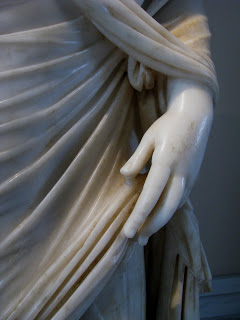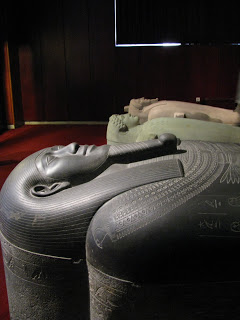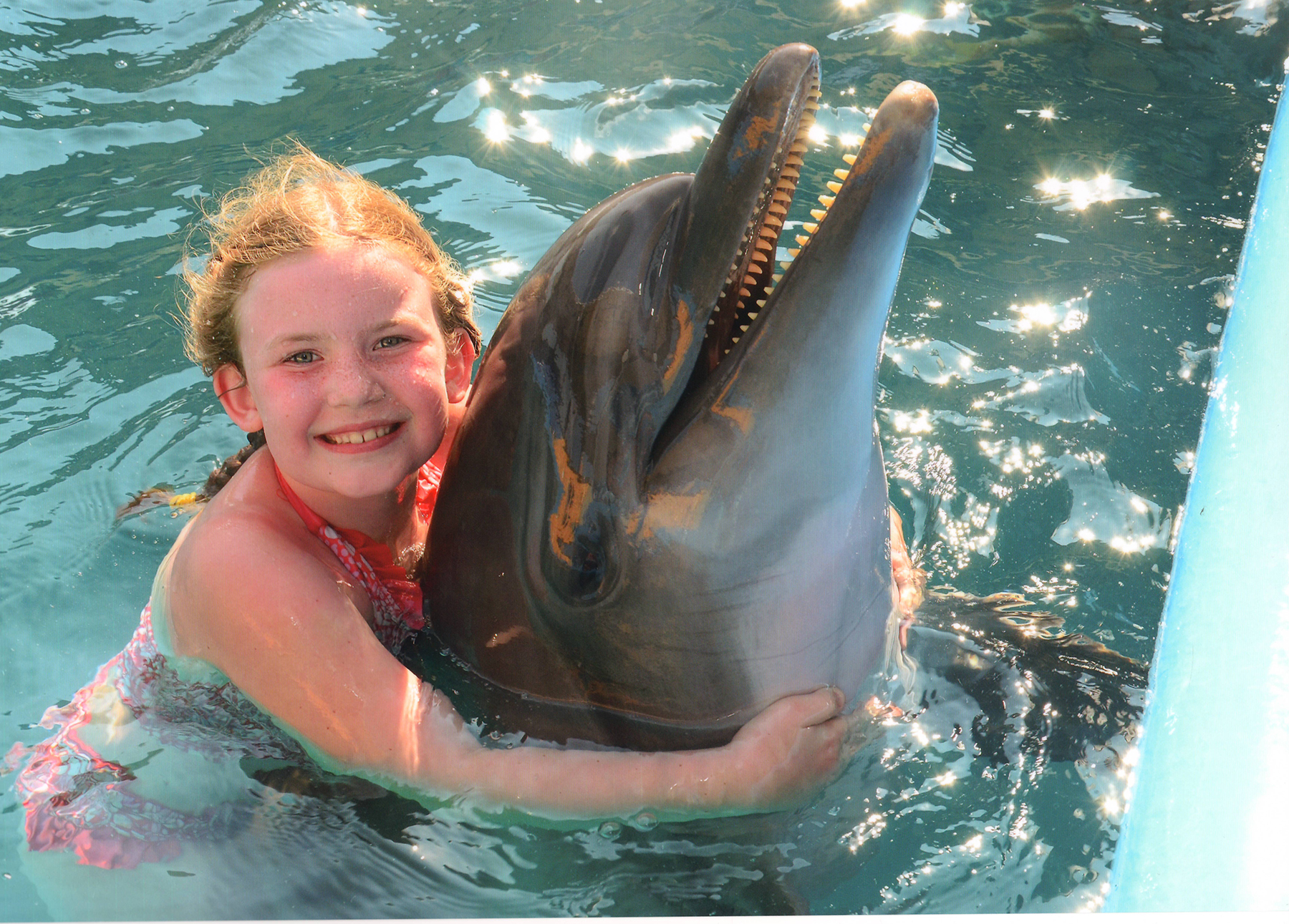Day 2:
The girls took a trip to Europe to see Topkapi Palace, the opulent home of Ottoman rulers from 1453 to 1839. It was begun by Mehmet the Conqueror but added to and embellished by each subsequent ruler. Just the sort of place for our little Princess to feel at home.




Next, it was off to ancient antiquity at the Istanbul Archaeological Museum.
This was one of our favorite statues. It was so exquisitely carved, it looked almost buttery. We also liked the sarcophagi.
The museum’s treasure was the Alexander Sarcophagus. This sarcophagus wasn’t made for the Macedonian general, but shows him and his army battling the Persians, and was sculpted in the last part of the 4th century B.C. I was amazed to see traces of the red and gold paint on the figures.
Grandma M was rewarded for all of her exploring with a cup of Turkish coffee and some baklava served with ice cream. I’m not sure she considered the coffee a reward, but I wouldn’t let her leave Turkey without tasting it. She took a sip, coughed, and choked out “Strong!” But the baklava and ice cream revived both of us for the long journey home.
Day 2:
Lord Herndon, Prince, and Uncle S toured Gallipoli the second day of their memorable weekend. The Gallipoli Peninsula is the northern side of the narrow strait that would grant any invader access to Istanbul and beyond. King Xerxes I, Alexander the Great, and Mehmet the Conqueror all understood the importance of this passageway, and later, during WWI, Winston Churchill tried to seize the capital of the then Ottoman Empire and knock the Turks out of the war. Lord Herndon and Uncle S actually learned how the Ottoman Empire was, in essence, “tricked” into joining the war in the first place. There were battleships paid for and never received from England. Later, Germany provided their own battleships to the Ottoman Empire as a compensation, but as they were sailing up the strait to Constantinople, all of the sailors’ names, flags, and ship logs were changed from German to Turkish. Those battleships then sailed past Constantinople to Russia and attacked a port, making it look like the Ottoman Empire had joined the Axis Powers, when in fact it was a neutral country. This trick brought the Ottoman Empire unwillingly into World War I.
In 1915, First Lord of the Admiralty Winston Churchill tried to sail an Allied fleet through the strait of the Dardanelles to Constantinople, but they underestimated the Turkish line of defense: the mines. The Allied fleet had gone through and cleared what they thought to be all of the mines, but instead of pushing through, they pulled back out of range of the hillside cannons on either side of what is called “The Narrows.” In this time, a Turkish mine-layer put out twenty-six new mines, which was the undoing of the Allied fleet.
Later, a combined force of British, Australian, New Zealand, and Indian troops tried to force their way through on land. They failed for more than one reason, but one main reason was the leadership of a relatively minor officer who disobeyed orders to move further south and instead positioned his regiment at Anzac Cove, exactly where the Allied troops landed. This officer was Mustafa Kemal, who would later become Turkey’s first president: Ataturk. His famous order to his 57th Infantry Regiment was:
“I am not ordering you to attack, I am ordering you to die. In the time it takes us to die, other troops and commanders will arrive to take our places.”
The regiment was wiped out, but they held the cove, and the Allied forces never made much headway, despite months of devastating fighting. By the end of the Gallipoli campaign in January 1916, 130,000 men had died, but the battles were considered the last true instance of a “gentleman’s war,” with both sides showing respect for the enemy.
As Lord Herndon, Prince, and Uncle S toured the battlegrounds and graveyards, they heard stories of both sides tossing food and cigarettes to each other from the trenches, as well as one truly touching account of a Turkish soldier carrying a wounded British soldier all the way back to the Allied position, and then returning to his own line with no shot being fired from either side. Once he had rejoined his regiment, the fighting resumed.
A Gallipoli memorial in the village of Eceabat (where the boys stayed), and one of the tunnels used by the Allied forces to advance up the slopes.
Uncle S particularly enjoyed talking with an Australian couple in their tour group. He was struck by the fact that nearly everyone in Australia knows someone who fought at Gallipoli, which gave the country a sort of national identity it had never had before. Lord Herndon’s most memorable part was when he volunteered to read a diary entry from an Allied supply soldier, whose job was to make sure all of the gear from his barge made it ashore. He was shorter than the regulations normally allowed, and so when all of the equipment was taken from the barge, he jumped into the water, noticing that it came up to his neck. Holding his rifle above his head and trudging to the beach, the soldier fell into a hole on the sea floor, plunging him in over his head. When he emerged from the water, rifle lost, he was the only remaining survivor from his barge.
Lone Pine cemetery, one of the most moving Anzac cemeteries, and a shell from one of the cannons.
In 1934, President Ataturk made his famous speech of peace and reconciliation.













